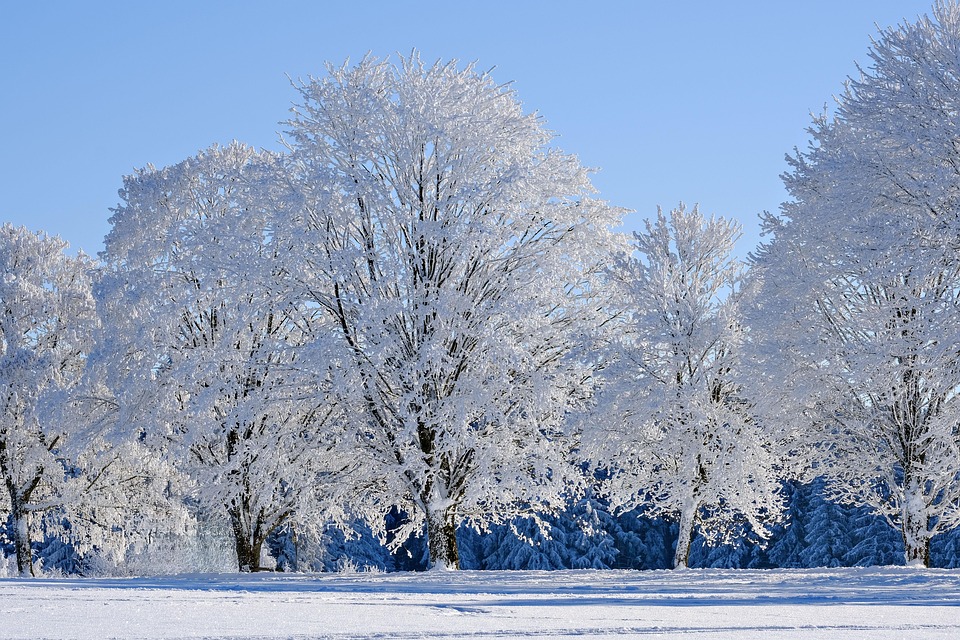Handmade quilts have been a staple of human craftsmanship for centuries, providing warmth, comfort, and a sense of community to those who make and receive them. Behind every quilt is a story of love, dedication, and hard work, as each stitch is carefully sewn with precision and care. In this article, we will delve into the world of handmade quilts, exploring their history, significance, and the people who create them.
A Brief History of Quilting
Quilting has a rich and varied history, with evidence of quilting dating back to ancient civilizations in Egypt, China, and Europe. The word “quilt” itself is derived from the Latin word “culcita,” meaning a stuffed sack. Over time, quilting evolved and spread across the globe, with different cultures developing their unique styles and techniques. In the United States, quilting became an integral part of American folk art, with quilts serving as a means of storytelling, commemoration, and community building.
The Significance of Handmade Quilts
Handmade quilts hold a special place in the hearts of those who create and receive them. They are often made to celebrate special occasions, such as births, weddings, and graduations, or to provide comfort during times of need. Each quilt is a testament to the love and care of the maker, as every stitch is sewn with precision and dedication. Handmade quilts also serve as a connection to the past, with many quilts being passed down through generations as family heirlooms.
The People Behind the Quilts
Quilters come from all walks of life, united by their passion for creating something with their own hands. From seasoned veterans to beginners, quilters share a common bond, one that transcends age, skill level, and background. Many quilters are motivated by a desire to create something beautiful and meaningful, while others are driven by a sense of nostalgia or a need to connect with their community. Quilters often form close-knit groups, sharing patterns, techniques, and stories, as they work on their latest projects.
The Process of Making a Handmade Quilt
Making a handmade quilt is a labor-intensive process that requires patience, skill, and attention to detail. The process typically begins with the selection of fabrics, patterns, and colors, followed by the cutting and piecing of the quilt top. The quilter then layers the quilt top with batting and backing, before sewing the layers together using a needle and thread. The final step involves binding the quilt, adding a decorative edge that completes the quilt.
The Benefits of Making Handmade Quilts
Making handmade quilts offers a range of benefits, from the therapeutic effects of sewing to the sense of accomplishment that comes with creating something with one’s own hands. Quilting can be a calming and meditative activity, providing a much-needed escape from the stresses of everyday life. Additionally, making handmade quilts allows individuals to express their creativity, develop their skills, and connect with others who share their passion.
The Impact of Handmade Quilts on Communities
Handmade quilts have a profound impact on communities, serving as a symbol of love, care, and connection. Quilts are often made for charitable causes, such as fundraising for local hospitals or providing comfort to those in need. Quilting groups and guilds also play a vital role in fostering community spirit, providing a space for people to come together, share their skills, and support one another.
Conclusion
In conclusion, handmade quilts are a testament to the power of human creativity and compassion. Behind every quilt is a story of love, dedication, and hard work, as each stitch is carefully sewn with precision and care. Whether made for personal enjoyment or as a gift for others, handmade quilts hold a special place in the hearts of those who create and receive them. As we continue to navigate the complexities of modern life, the tradition of handmade quilting serves as a reminder of the importance of community, connection, and the human touch.
Frequently Asked Questions
Below are some frequently asked questions about handmade quilts and the people who make them:
- Q: What is the history of quilting?
A: Quilting has a rich and varied history, with evidence of quilting dating back to ancient civilizations in Egypt, China, and Europe. - Q: Why do people make handmade quilts?
A: People make handmade quilts for a variety of reasons, including to celebrate special occasions, provide comfort during times of need, and to express their creativity. - Q: What is the process of making a handmade quilt?
A: The process of making a handmade quilt involves selecting fabrics, patterns, and colors, cutting and piecing the quilt top, layering the quilt, and sewing the layers together. - Q: What are the benefits of making handmade quilts?
A: Making handmade quilts offers a range of benefits, including the therapeutic effects of sewing, the sense of accomplishment that comes with creating something with one’s own hands, and the opportunity to express creativity and connect with others. - Q: How can I get involved in quilting?
A: You can get involved in quilting by joining a local quilting group or guild, taking a class or workshop, or simply starting to sew and experimenting with different patterns and techniques. - Q: What is the significance of handmade quilts in modern times?
A: Handmade quilts continue to hold a special place in modern times, serving as a symbol of love, care, and connection, and providing a means of storytelling, commemoration, and community building.


